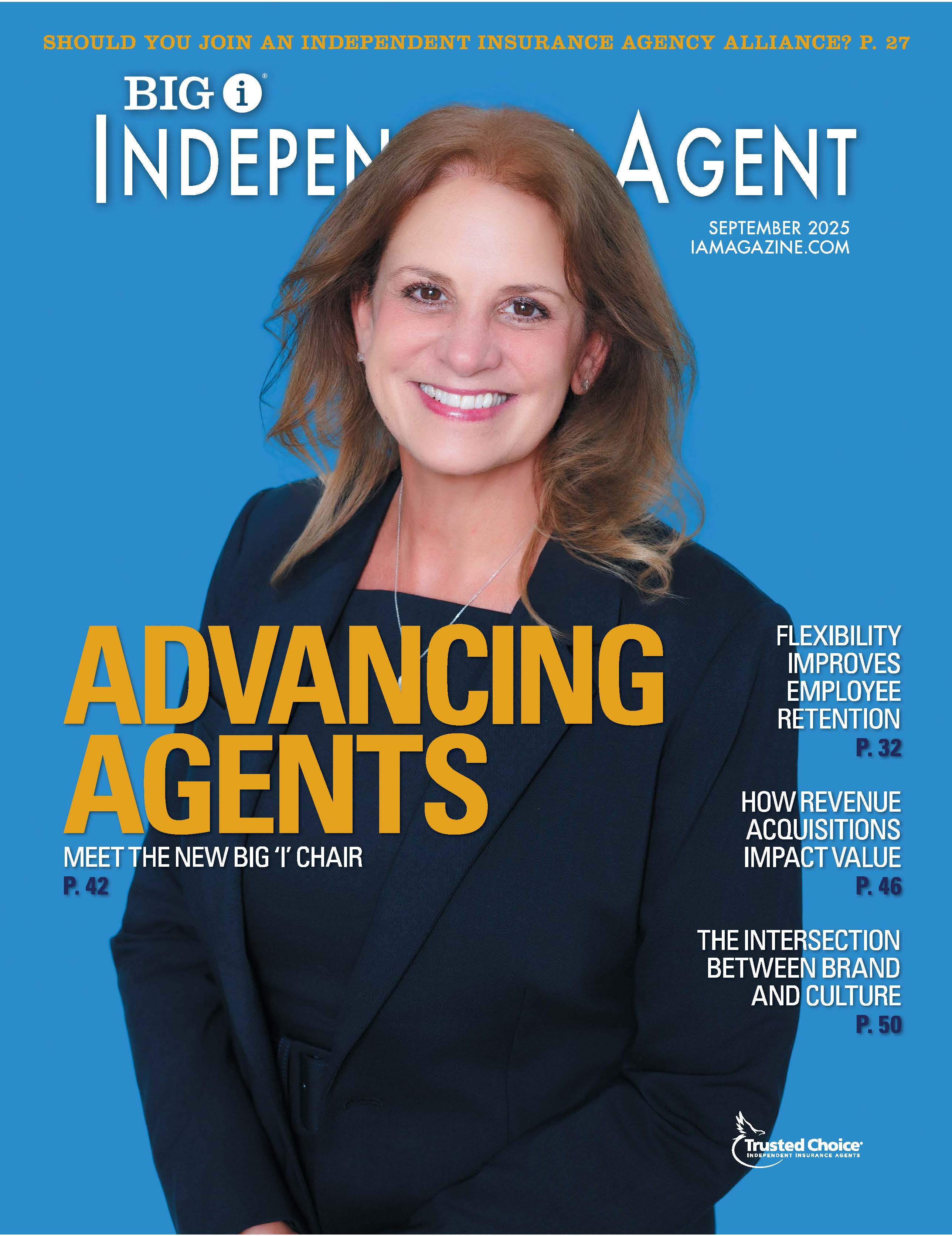3 Areas to Educate Architects and Engineers About Professional Liability Insurance
By: Olivia Overman
Architects and engineers face liability risks that could lead to a loss, not only in financial terms but also in terms of reputation. However, having a well-structured professional liability policy in place can help mitigate these risks and protect those involved.
Regardless of whether the coverage is required by law, an agent’s role is to educate their A&E clients about purchasing professional liability coverage. In an evolving marketplace and increasingly litigious environment, educating clients is particularly important.
“Companies are changing the programs and services they offer their customers and the way that they deliver their products and services,” says Manny Cho, executive vice president, executive lines, Risk Placement Services. “It’s important to understand what the changes are and how this may expose the insured to potential claims.”
Meanwhile, educating clients about the need for professional liability coverage is key as “many businesses still aren’t aware of the benefits of errors & omissions coverage, and the responsibility to educate often rests on agents’ shoulders,” says Tyler Peterson, senior vice president, head of professional risks, Hiscox USA.
Here are three areas where agents can help A&E clients avoid E&O claims:
1) The contract. “There are always nuances to every policy, which is why it is vital for agents and their clients to review their policy wording and to discuss any perceived coverage gaps with their underwriter to find the appropriate coverage for each unique risk,” says John Lecci, senior director – professional liability, Markel.
In knowing the uniqueness of each of their A&E clients, “agents should educate their customers on the significance and importance of a retroactive date and their reporting obligations on claims-made policies in order for the customer to understand their coverage,” Peterson says. “E&O policies should also be purchased to coincide with when a business begins, or at least before a large project or client contract begins, to reduce any complications that could arise if the policy is placed mid-stream during a piece of work.”
Overall, agents must ensure they are working with “carriers that are willing to partner around risk management services that provide guidance around contract review, along with continuing education, articles and other materials to help firms evaluate how their internal controls match up against their management of projects,” says Kevin Collins, A&E practice leader, Victor U.S.
A project assessment process will help both the carrier and the agent “evaluate the strengths and weaknesses of the project and the firm so they can work proactively to strengthen and maintain their foundation of best practices,” Collins explains.
2) Pre-claim assistance. Risk mitigation and management is an essential service for all clients. For design professionals, “pre-claim assistance can sometimes be the appetizer that’s so good you don’t need the main course, and it’s a fantastic benefit for design professionals,” Peterson says. “More than half of disputes where pre-claim assistance is utilized never turn into an actual claim. Pre-claim assistance from an insurance carrier can help protect your client’s commercial relationships and reputation, and keep their projects on track.”
“And should the dispute ultimately turn into a claim despite best efforts, collaboration between the insurer, you, and the insured usually leads to more productive and favorable claims outcomes,” Peterson explains.
3) Emerging technology. Today, there are numerous emerging technologies that are set to transform the economy.
In particular, “ChatGPT and other artificial intelligence tools have opened up a whole new world of productivity possibilities for professional services,” Peterson says. “However, there are infinite unknowns, and these could create critical vulnerabilities in a business: cybersecurity and privacy issues, IP infringement, and a reliance upon incorrect information are just a few.”
“Agents should be asking their customers if and how they’ve incorporated AI tools into their business, even on an experimental basis, in order to ensure their insurance program adequately addresses these risks,” Peterson adds. “Many carriers who focus on small businesses will write packages of professional liability, general liability or business owners policies, cyber, and crime. The bundles simplify the insurance program and discounts may be available.”
Olivia Overman is IA content editor.










